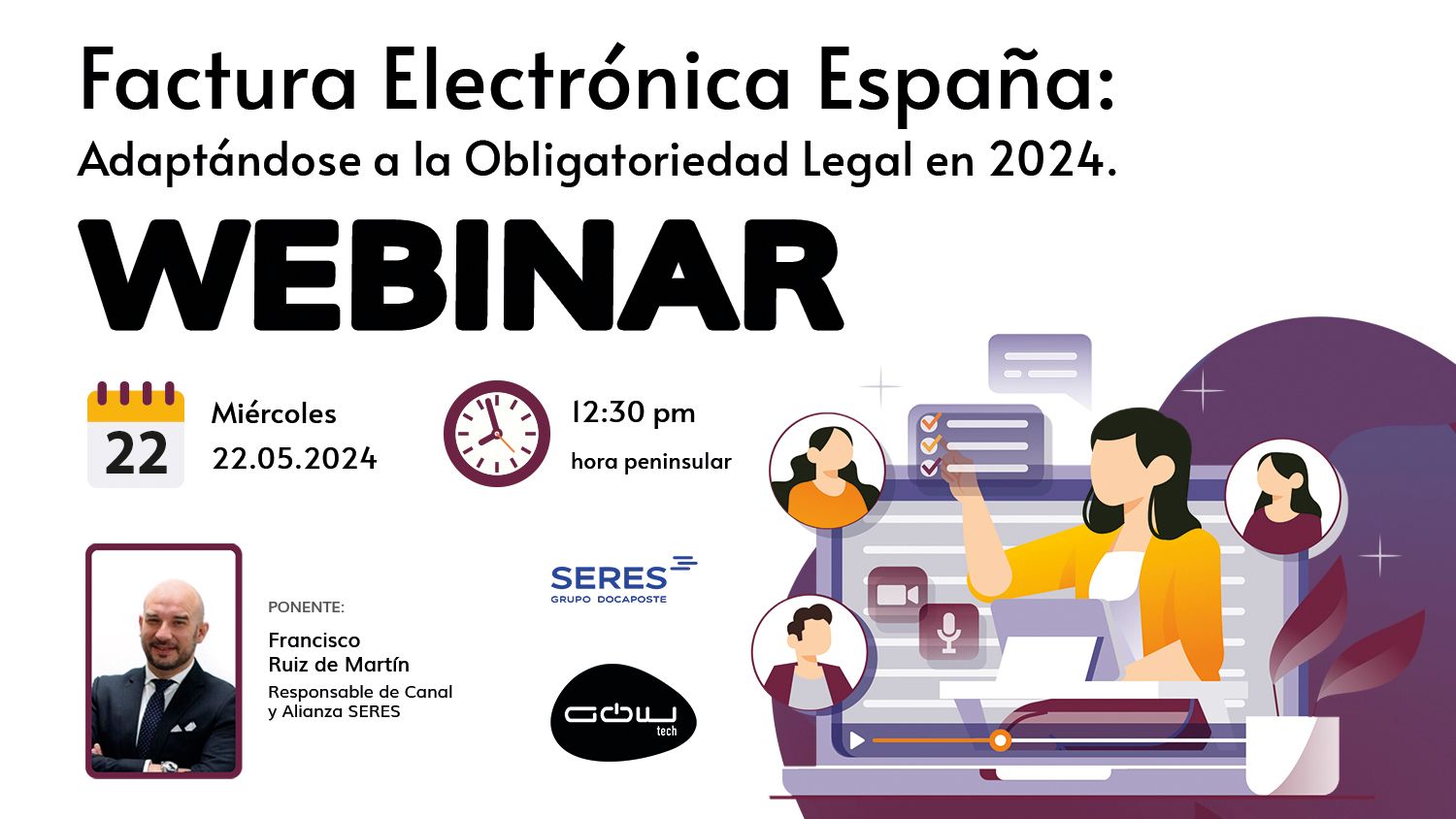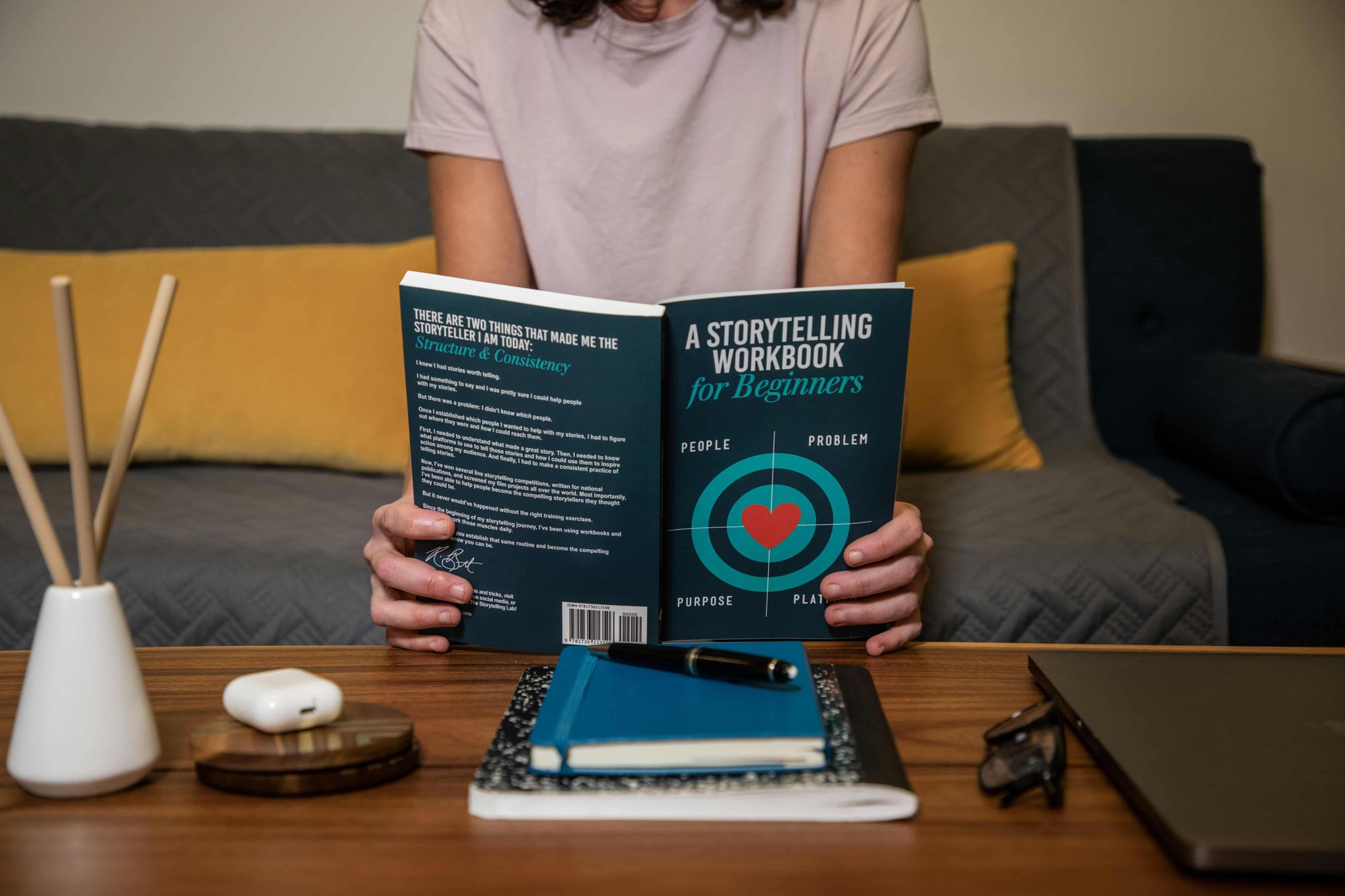It is estimated that about 95% of the purchase decisions taken by a consumer are made unconsciously. The unconscious contains impulses and desires, it is a very powerful force that dominates our behaviors.
From this activity of wanting to reach the depths of the consumer and wanting to explain the behavior and needs of customers to increase the benefits, neuromarketing is born.
Next, we are going to develop this term more extensively, so that you are aware of all the tools you can apply in your business for its development.
From Gowtech we offer you all our digital marketing services that will help you achieve the objectives you expect so much.
But, let's start at the beginning.
What is neuromarketing?
Explained quickly, it is a neuroscience applied to marketing . What this discipline seeks is to understand the behavior of consumers in the face of brands and their purchase process by measuring neuronal activity.
It is about merging and marketing neuroscience, in order to get to the consumer faster. Investigating in this field, we will know the behavior of your brain during the purchase process, to discover the desires and needs of consumers and cover them with our products and services.
It is a good technique that we must carry out to evaluate a product before its launch, create a successful price strategy for each product or to know the effectiveness that an advertising campaign will have before launching it.
Neuromarketing was born because in other research methods such as surveys or focus groups, the responses of the interviewees can be conditioned by other factors such as wanting to please the interviewer or pretending not to give a politically incorrect response for fear of being judged.
What is your main objective?
The goal that this neuroscience pursues is to know and understand the levels of attention that people show to different stimuli and analyze the different sensory responses of the consumer.
Thanks to these answers we can know how your brain reacts to the stimuli shown by a marketing campaign. Knowing the consumer's responses, we can know how they feel and think, to be able to condition their future response.
Types of neuromarketing
There are different types of neuromarketing to reach consumers:
- Visual neuromarketing:
This type of neuromarketing focuses on the sense of sight, that is, in what we perceive through the eyes. To draw consumer attention we will use elements such as light, color and image to impact their visual perception.
The most commonly used techniques to get the attention of consumers, are colors such as red, since we associate it with discount, or words such as "free" or "discount" capture attention very easily. Also a call to this type of technique can be the placement of the products, since seeing shelves with revolt clothes can give the sensation of bargain.
- Auditory neuromarketing:
It focuses on everything we hear through our auditory system and tries to cause emotions through a sound stimulus. Different studies show that it is the second sense that provides more information to the brain after sight.
The music of the establishments will vary depending on whether we are in the sales period, or close to the closure.
- Kinesthetic neuromarketing:
It is based on the actions carried out to motivate the user's reaction through the senses of touch, smell and taste. These senses are less used than those seen above, but let's not forget them because they can be equally powerful if the right techniques are used.
Many franchises create their own perfumes, so that all its stores smell exactly the same, and that this smell becomes super repriment.
Neuromarketing techniques will contribute to our business a series of benefits that will help us attract and loyalty customers, create a brand image, give value to our products and provide a unique experience to the consumer, so it is a marketing tool that we should not set aside.
How can we apply neuromarketing to a digital strategy?
What digital neuromarketing intends is to apply these techniques to the company's digital marketing strategies, and it has the same purpose, which is the user's study in front of our brand, our campaigns and our products.
Within digital neuromarketing, we can apply the same techniques, adapted to the world online. Next, we are going to put an example series such as:
- Livening effect: This consists of giving three options to the consumer: the good, the ugly and the bad, since, if there were only two very differentiated options, consumers would surely opt for the cheapest option. Creating this effect, we will get the client to select the option we want to choose.
- Authority bias: Here appears the famous figure of the influencers. This technique is based on the fact that we trust more in people who consider authority figures, so if a person we admire or follow their lifestyle, we recommend a product we will believe it more than if it makes it an unknown.
- Drag effect: Here we find the opinions of other clients, if everyone likes it, why have you not tried it? Creating this feeling in the consumer, we will generate a desire to want to try it, to want to be one more.
- Female loss bias: Here is one of the most commonly used techniques that is the power to obtain something for a limited time or that few units of that product are left. This will generate a fear of losing the purchase opportunity and wanting to acquire it as soon as possible for fear of running or uploading its price.
These are some of the most used techniques in the application of neuromarketing in the digital field.
From Gowtech we want to help you get maximum performance to your online store , so that you turn your potential customers into faithful customers who trust you, your products and services.
What techniques would you put into practice on your website?
If you want more about digital marketing, keep reading and informing you with our articles or contact us.





